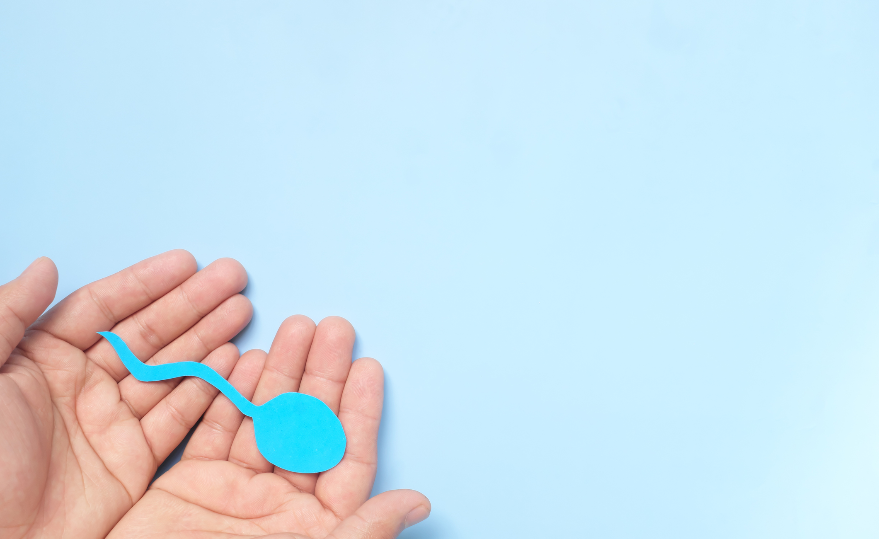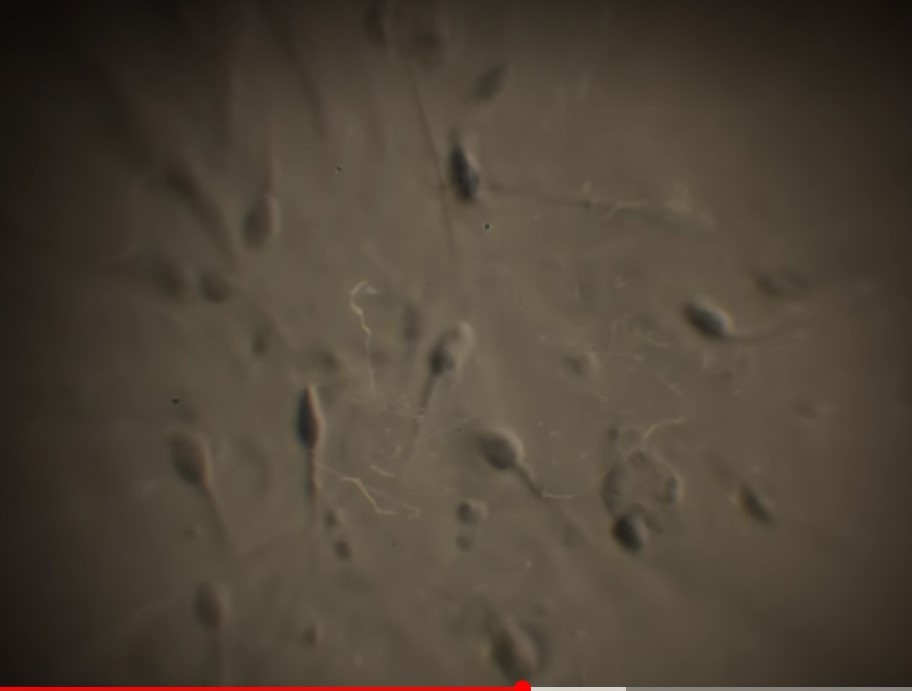The Outlander books are a favorite of mine as the love child of my two favorite genres, science fiction and historical fiction. Only when I finished all the massive books (including the Lord John tangent, don’t skip those!) did I let myself watch the Netflix show. For more personal reasons than most, I’m forever grateful that Diana Gabaldon insisted the screenwriters include the scene where Jaime gets introduced to his sperm and IT DID NOT DISAPPOINT. SPOILERS: Jaime finds Claire at the microscope and takes a peek at the cells she has on her slide. He is fascinated to see the “germs” she keeps telling him exist, but didn’t expect them to be live and wriggling all over the place. Smugly, Claire informs him that these are not in fact germs but “male seed” (in the book Jaime, startled, responds “spunk?” which in my mind is the best line and should never have been cut). He then asks her where she got them from to which she replies “I woke up in possession of them this morning.
The microscope Claire has in the 1760s is a monocular model, which gives a very basic flat image in a narrow viewing field, relying on the natural light in the room. It was almost 100 years later before a practical binocular microscope was developed, which is what is used for semen analyses today. The binocular microscope, by using both eyes together, allows the image to be viewed with depth in a much larger viewing field. This along with the addition of a targeted light source allows for the addition of phase contrast or fluorescent lenses that give us the ability to see fine details on the sperm, such as the acrosome, cytoplasmic inclusions, and “craters.”
For more information about your sexual and reproductive health, contact us for a free phone consult!



